CIVILIZATION OF KEFALONIA
Saturday, September 26, 2009
 KEFALONIA , Greece
KEFALONIA , Greece
C I V I L I Z A T I O N
In the course of centuries and after all this incessant "coming-and-going" of various conquerors, who left behind the strong traces of their presence, the Ionian islands acquired a uniquely rich heritage resulting in the creation of what historians call " The Seven-island" Civilization, as well as in the formation of the seven-island society lifestyle, which has affected even their citizens character .
Thus the progressive Kefallonian copied what was the best of the foreign influences and transformed it in a free, creative spirit. What is more, the inhabitants migrated to other lands or became seamen, imitating the example set by Homer's Odysseus.
They became distinguished everywhere they go, but always feel homesick and yearn for returning home.
Kefalonia has been the place of origin of many poets, novelists, scientists and politicians, such as : Lascaratos; P.Katsaitis; N.Cavvadias; G. Molfetas; J.Typaldos; P.KCalligas; S Skiadaresis; B.Anninos and others, all of whom hold of place in the pantheon of modern Hellenism.
TRADITIONS AND CUSTOMS
The local traditions, customs and morals, linguistic idioms, songs and festivities have been conserved and evolved in the fields of art, music, dance and theatre .
The first performances staged in the “Kefalos” Theatre started in 1857. The forms of the “arietta” which firstly appeared in Lixouri, sung by 3 or 4 singers, and of the serenade, both being local folklore songs sung to the accompaniment of the guitar, became trendy in music.
Philharmonic orchestras would be set up in both Lixouri and Argostoli, and continue to exist even today. The local folklore dances such as balos, syrtos and koutsos, danced in the context of feasts and the Kefalonian carnival or other cultural events even today, also acquired their own style.
The architectural style of the local buildings bears renaissance and baroque elements in a more simplified form.
SIGNIFICANT DATES
4000-3000 BC - The Neolithic Period. The first indications of settling.
3000-2000BC - The Proto-Helladic Civilization and organized settlement .
2000-1500 BC - The Pro Mycaenean Period
1500-1100 BC - The Mycaenean Period: a peak of high development era on both
Islands . The establishment of Tetrapolis, Kefalonia.
1100 – 800 BC – The Doric Period. The fortification of the cities by impressive
Castle walls because of the wars and the attrachement of Ithaca to
Kefalonia.
800- 169 BC - The Period of the Ancient Greek Development Peak, -the division
of the island into 4 cities-states, the construction of monumental
fortification works .
180BC – 394 AD - The Roman Period, Raids of pirates
394 – 1185 AD – The Bzantine Period. The Byzantine citadel of Saint George was
built, later to become the island's capital.
1185 AD - The Norman conquest.
1479 – 1500 AD. – The Turkish Occupation: human atrocities, looting, persecution.
1500 – 1798 AD – The Venetian Period: the Franc and the Venetian Occupations.
1797 AD - The French Republicans, the Russian Turks.
1800 – 1807 AD – The independent state of the Ionian Islands.
1807 – 1809 AD – The second French sovereignty reforms in administration
1809 – 1864 AD – The English sovereignty
1st July 1823 – Lord Byron’s visit to the island .
May 21st 1864 - The official triumphant of the Ionian Islands with Greece.
1953 up to date - The development of the island and the extended tourist evolution.
Other Entries

 KEFALONIA , Greece
KEFALONIA , Greece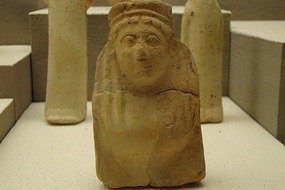
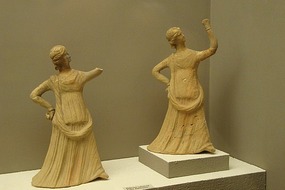

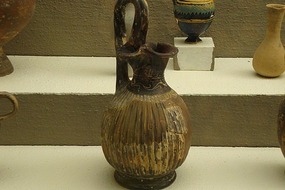
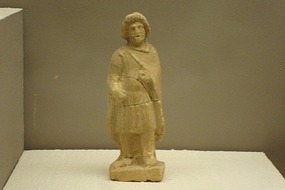

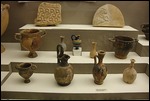
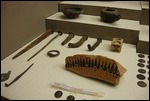

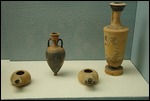
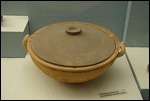
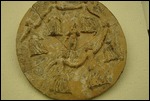
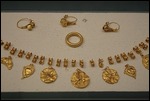
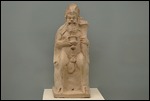


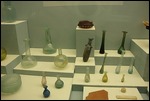
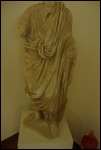
2025-05-22